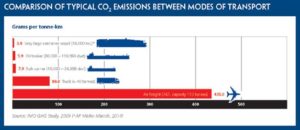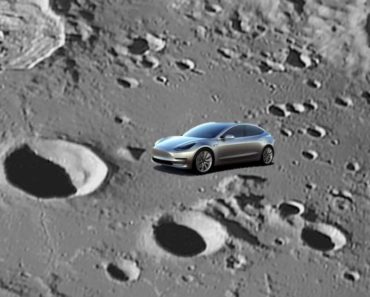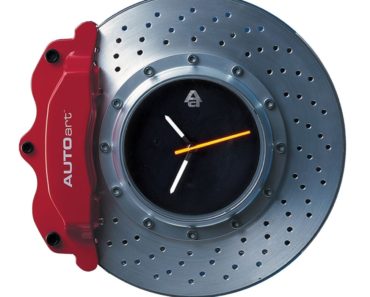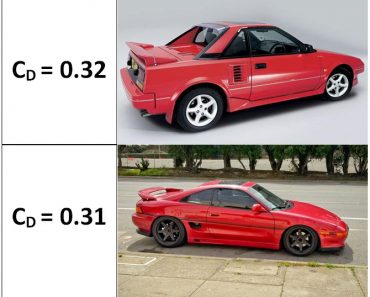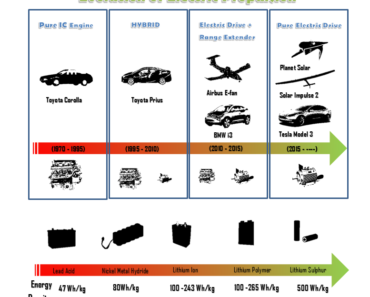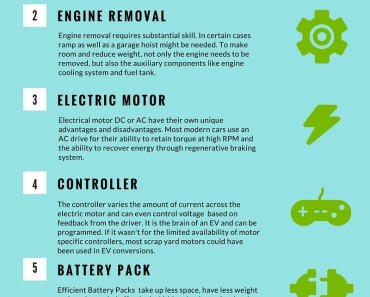For almost a century, the emissions released though marine industry were ignored. Ships got bigger, sea based transportation cost slide down but the emissions continued to climb.
Today we have container ships like Madrid Maersk thousands of containers in one go. They can shift cargo weighing over 196,000 tons. Large ships are still the most environmentally friendly way of moving freight across large distances. It has been reported that for very large container vessel the CO2 emission were only 3.0 gms per tonne-km as opposed to 435 gms per tonne-km for aircraft.
Sea based transport makes up about 3% of the global CO2 emissions. It can be argued that in the grand scheme of things, this is not a significant to other sector to focus on while neglecting other sectors. Nonetheless there is always room for improvement, particularly when it is foreseeable that sea based transportation is going to rise in the future. In fact not only we can look into further reducing CO2 emission from sea based transportation but already use its existing low value to our advantage.
For example: In the UK, the London Gateway port was established to as close to London as physically possible despite available ports like Felixstowe and Southampton in the vicinity. London Gateway is only 20 miles from the city of London. Because of its proximity to the city, It is estimated that when the port is fully operational it will save 65m HGV-miles and take 2,000 trucks off the road per day, thus rendering economic and environmental advantages.
The idea of Electrification of transport has finally come to the marine industry. It should be noted that lithium batteries have run into issues with their use in air transportation system. This is because of their high flammability and thus their risk. There is no such caveat in their presence in sea vehicles. Already hybrid systems i.e. Ships, ferry’s and boats with both diesel propulsion and electric drive are being used. Recently Scandlines announced the inclusion of two hybrid ferries on its ferry service between Berlin and Copenhagen.
Mechanical Maintenance of the engine is a huge part of maritime industry. Not only electrification of propulsion has environmental benefits but also simplifies maintenance issues as electric motor is a relatively less complex system than an I.C engine. Bjorn- Johan Vartdal, program director for maritime transport, DNV GL says “When you are running a battery system, you don’t need a second engine for redundancy, so you can run at higher loads and have more stable loads, so reduce the risk of methane slippage”.
Fully Electric speed boats are arriving on the scene. Canal boats have been electrifying themselves over the last decades. many of these boats have on them solar panels or a small turbine to top up the battery charge.There are also fully electric fish farming vessels (example: Elfrida). More notably, a zero emission catamaran in the form of Planet Solar (Turanor) was launched in 2010 and was able to successfully navigate the globe on Solar power alone . Treading on electricity however requires solid battery energy storage. With the arrival of scalable and modular Li-ion battery systems, energy storage can be done not only efficiently but also within a budget.
Rotor sails on ships are also being tested. The Rotor sail uses the Magnus effect to harness power to propel a ship and can reduce fuel consumption from 5 to 20%
With electrification of propulsion, navigation systems and fuels acquisition, there is a great scope of unmanned sea based transport. Electric propulsion has been deemed a game changer by many experts in the marine industry.
Hybrid systems are becoming popular diesel power with battery electric power.

